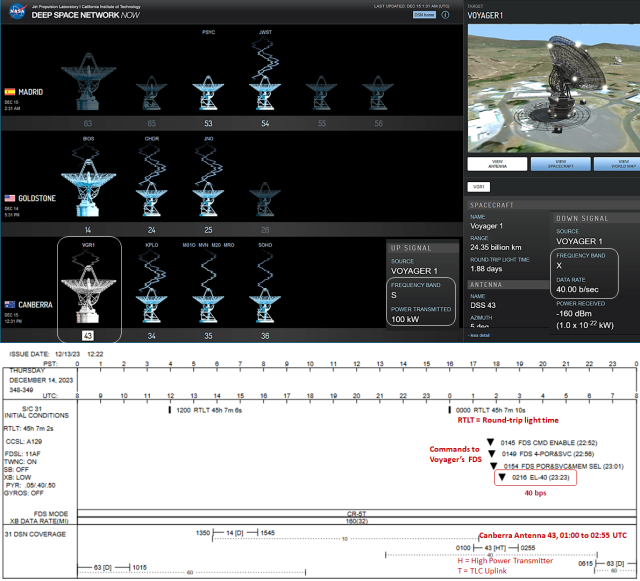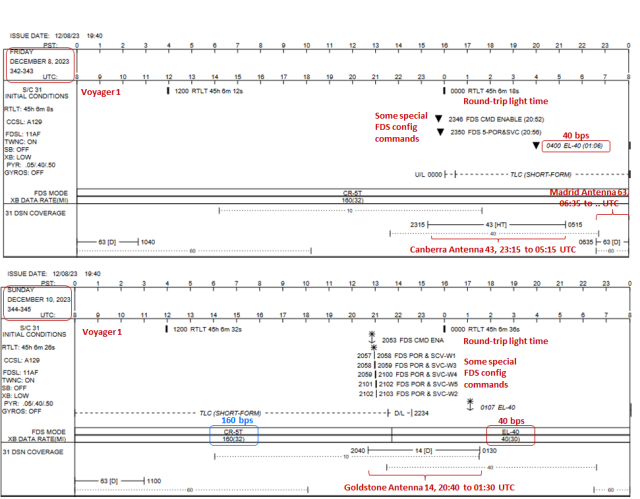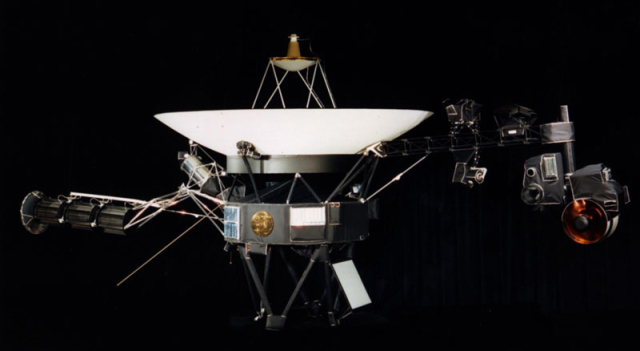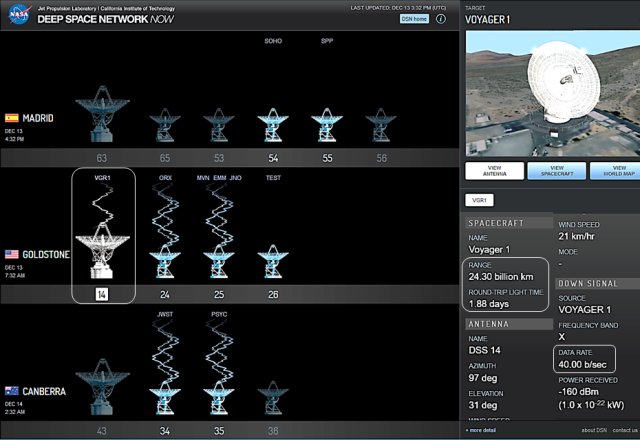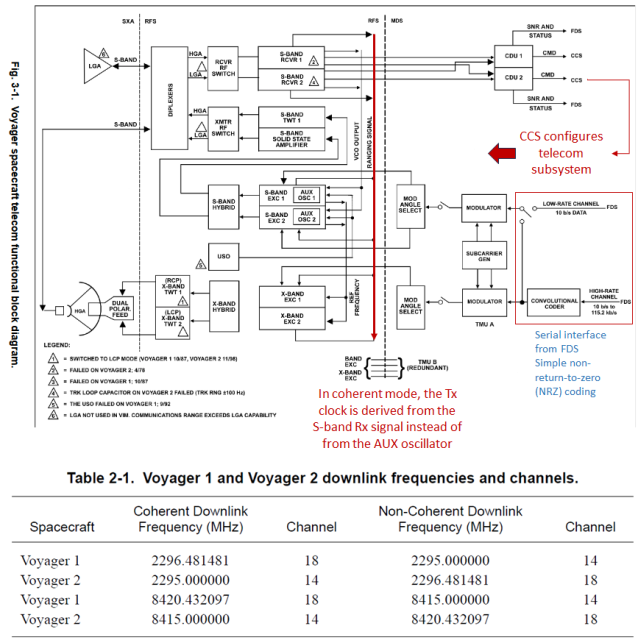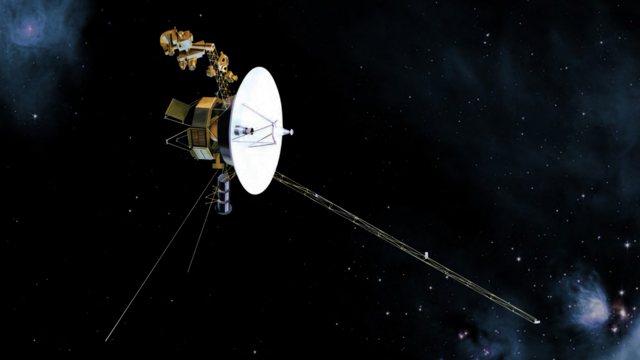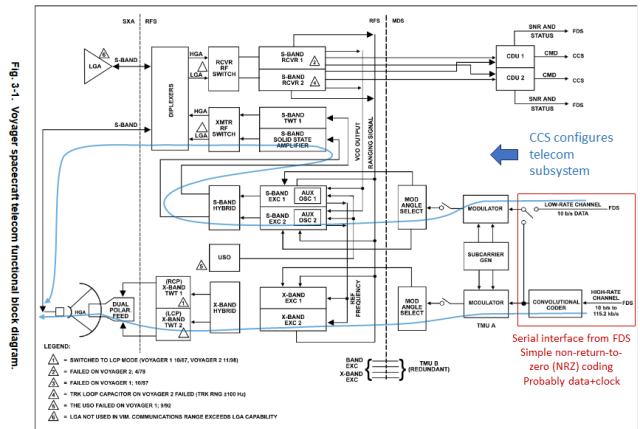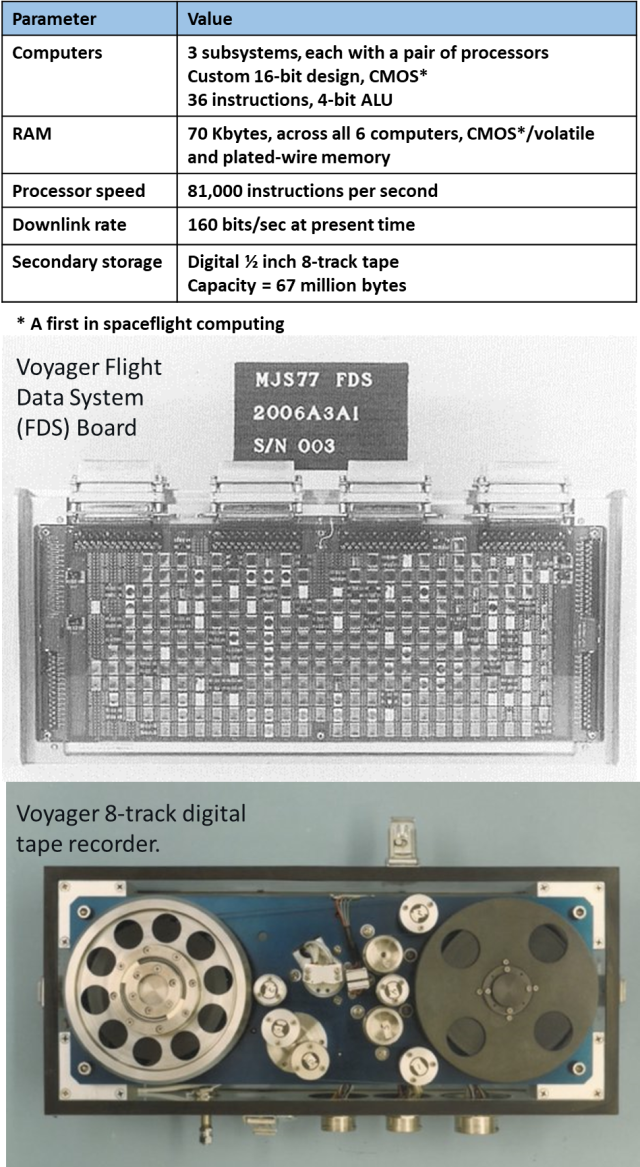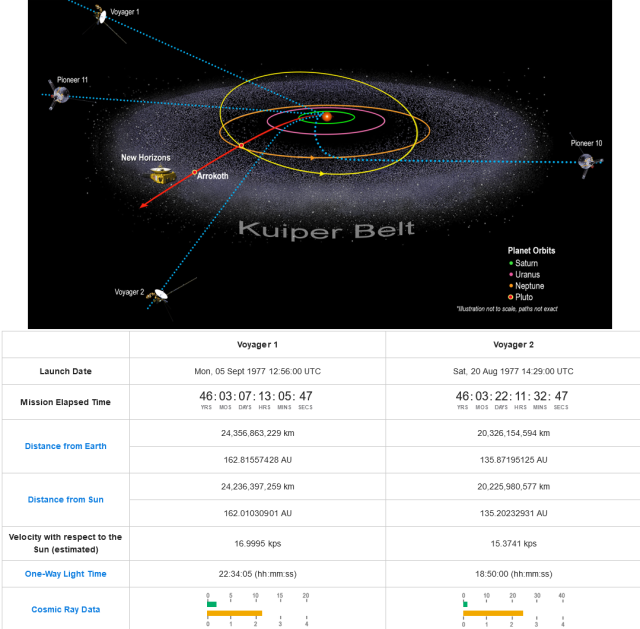NASA JPL provided a minor update today about the status of the Voyager 1 spacecraft, indicating that the comm. problem that started more than 2 months ago has not been resolved yet. No other details.
Please check out the rest of this thread for more info on the problem where instead of sending science and engg. data, Voyager 1 has been stuck sending a 0101 bit pattern.
@NSFVoyager2
#Voyager
12/n


